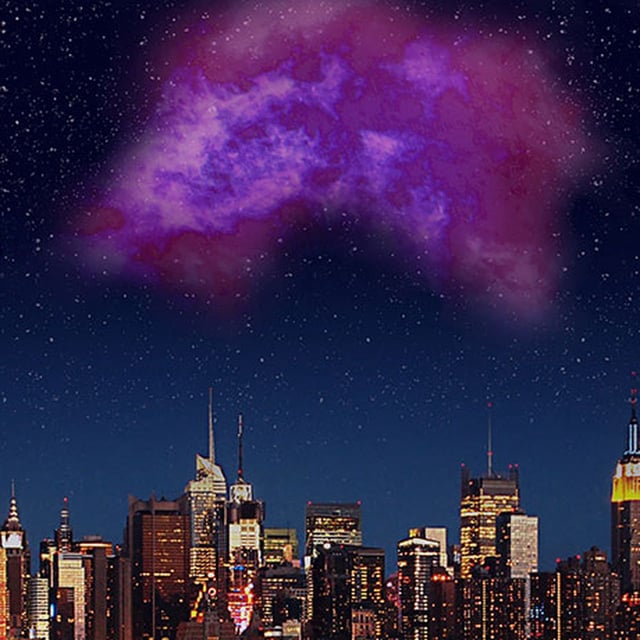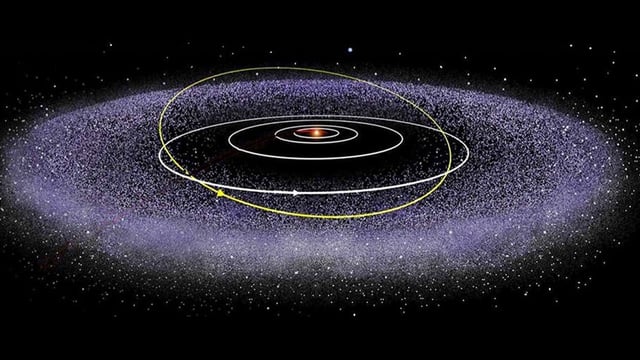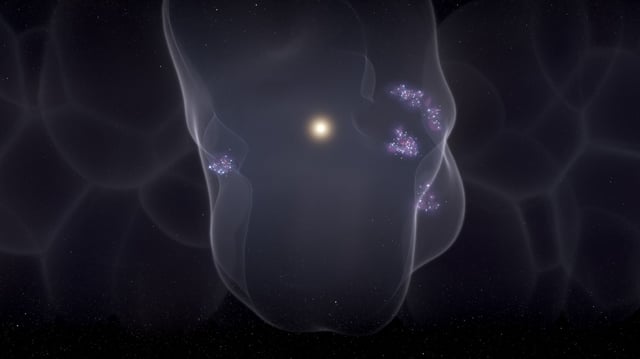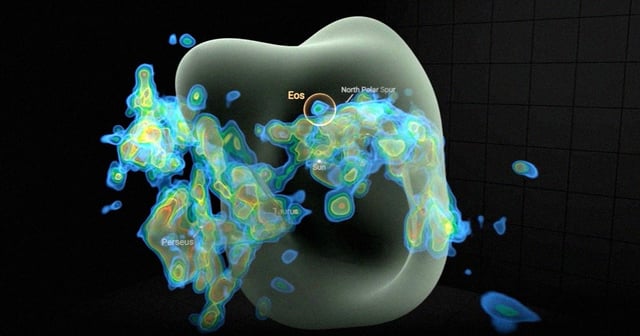Overview
- Eos, a massive molecular hydrogen cloud 300 light-years from Earth, was detected using far-ultraviolet fluorescence—a first in molecular cloud research.
- The cloud spans an apparent size of 40 full Moons in the sky and has a mass approximately 3,400 times that of the Sun.
- Eos offers a unique opportunity to study the lifecycle of molecular clouds and the transformation of interstellar gas into stars and planets.
- The discovery, published in *Nature Astronomy*, highlights the potential of far-ultraviolet detection to uncover hidden molecular clouds across the Milky Way.
- Researchers plan to extend this technique, including with the James Webb Space Telescope, to explore both closer and more distant hydrogen clouds.



